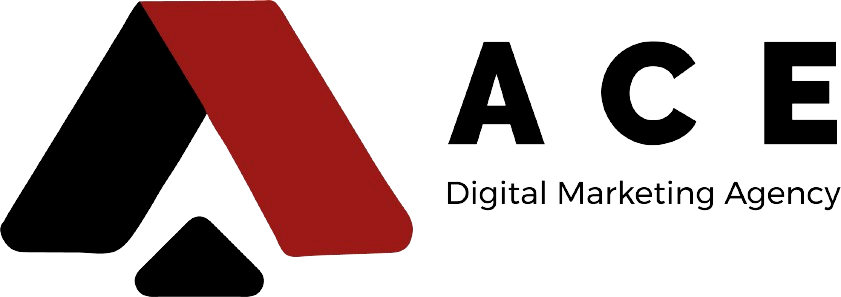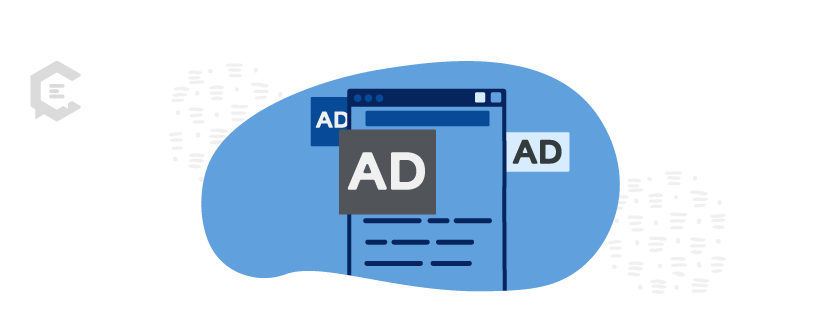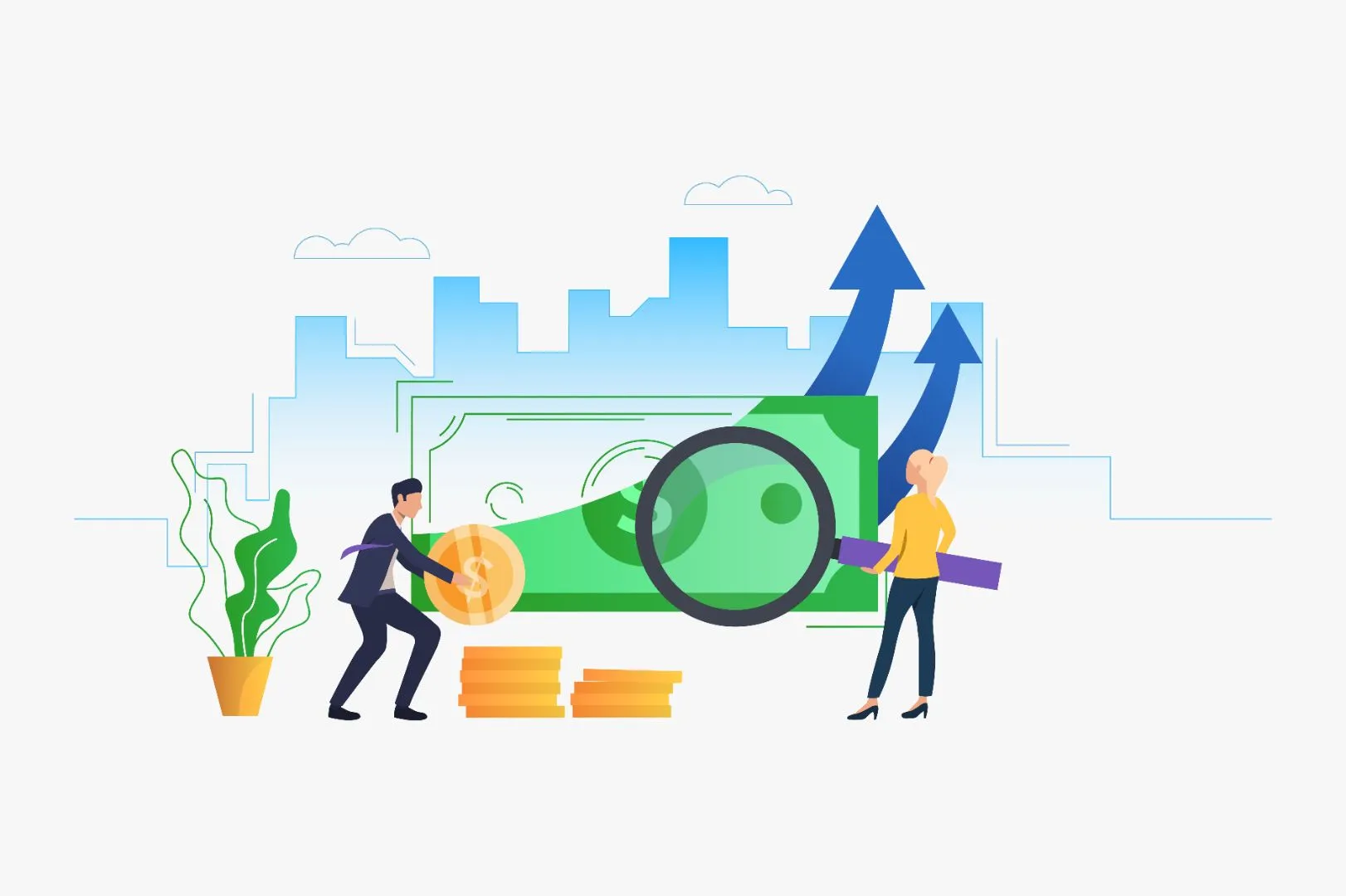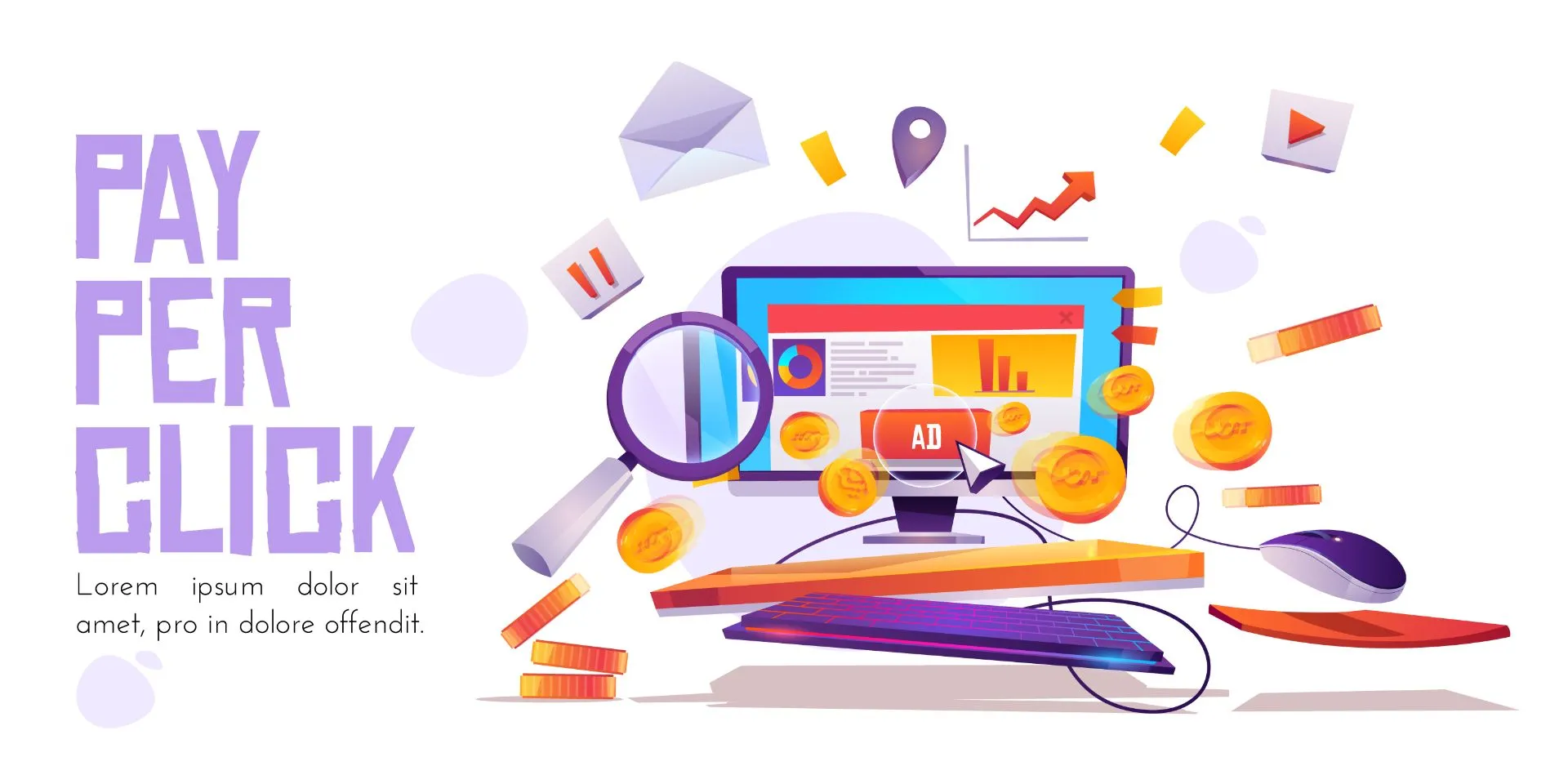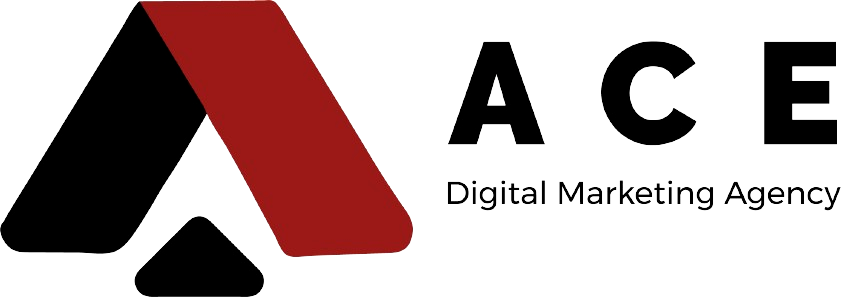Sponsored ads are a marketing tool based on bidding systems to reach targeted audiences across platforms such as search engines, social media, and websites. Contrary to common belief, the success of ad campaigns is not solely determined by budget and ad costs but also by the quality and appeal of the ad content. Effectively managing these campaigns is crucial to leveraging data-driven strategies and maximizing impact at the lowest cost.
What Are Sponsored Ads, and Why Do You Need Them?
Sponsored ads are a form of digital marketing where advertisers pay to increase their content’s visibility online. These ads appear on search engines, social media platforms like Facebook and Instagram, and other websites. The pricing and structure of these ads vary depending on the platform, but the core idea remains the same—paying to boost content visibility and reach a wider audience. Sponsored ads offer numerous benefits for businesses and individuals, making them a fundamental part of digital marketing strategies. They enable businesses to target specific audiences based on criteria such as age, gender, location, and interests, ensuring that ads reach the right people at the right time. Additionally, they help build brand awareness over time, strengthening the company’s presence in the market.
Factors That Influence Sponsored Ads Pricing
Sponsored ads are a powerful marketing tool that allows businesses to efficiently reach their target audience. However, their costs vary significantly depending on several factors that directly impact the advertising budget:
- Engagement levels – The more users interact with an ad through clicks, likes, comments, or shares, the lower the cost per interaction. Some pricing models are based on cost per click (CPC) or cost per impression (CPM).
- Ad reach and frequency – The broader the audience, the higher the potential cost. Ads displayed multiple times to the same users may also increase expenses.
- Ad quality – High-quality ads with professional designs, high-resolution videos, and creative copywriting often require higher production costs, which can impact the overall budget.
- Campaign duration – Longer campaigns require more financial investment but provide a better opportunity to reach a wider audience and achieve sustainable results.
Facebook Sponsored Ads Pricing: How Is It Calculated?
Facebook ads are a cost-effective way to promote services or products while reaching targeted audiences quickly. The platform provides various budget control options, allowing businesses to maximize their advertising investments. Facebook ad costs depend on several factors:
- Budget settings – Whether set as a daily or monthly budget, advertisers can control their spending based on their marketing goals.
- Pricing models – Facebook offers multiple pricing structures, including cost per click (CPC) and cost per impression (CPM). Ad pricing depends on the number of impressions and clicks, as well as content quality.
- Audience targeting – Ads that are precisely targeted tend to perform better. However, competition for the same target audience can drive up costs.
Instagram Sponsored Ads Pricing: How Does It Differ from Facebook?
Instagram is one of the most effective digital advertising platforms, offering precise audience targeting and high engagement rates. However, the cost of Instagram ads varies based on several factors, including ad type, content quality, audience targeting, and market competition. Instagram ad costs follow two main pricing models:
- Cost per click (CPC) – The price businesses pay when users click on an ad. The industry influences this cost, target audience competition, and ad quality.
- Cost per impression (CPM) – The price advertisers pay for every 1,000 impressions. This cost varies based on audience targeting accuracy, ad format, and industry competition.
How to Set the Right Budget for Your Ad Campaign
Understanding key strategic factors helps optimize ad performance and achieve the highest return on investment. Consider the following when setting your budget:
- Marketing objectives – The complexity of your goal affects costs. More interactive goals, such as lead generation, are often more expensive.
- Website traffic goals – Campaigns aiming to drive traffic to a website typically cost more, as advertisers pay per click.
- Engagement goals – The cost is influenced by how much interaction an ad generates.
- Audience targeting precision – Highly specific targeting increases competition and costs, while broader targeting is cheaper but may be less effective.
- Market competition – The more advertisers targeting the same audience, the higher the ad costs.
- Ad bidding strategy – Higher bids improve the chances of ad placement in premium spots, but they also raise costs.
- Content quality – Well-crafted ads with high engagement rates lower CPC and CPM costs, making campaigns more efficient.
- Geographic targeting – Ad costs vary by region. Markets in developed countries, such as the US and Western Europe, tend to be more expensive due to higher purchasing power and competition.
- Ad frequency – Showing ads multiple times to the same audience increases engagement potential but may also lead to ad fatigue.
Ways to Improve Ad Performance and Reduce Costs
Sponsored advertising is more than just a way to reach customers—it is an integrated system that involves analysis and strategic planning to achieve the best results at the lowest cost. To optimize paid advertising campaigns, follow these strategies:
- Define clear objectives – Whether driving website traffic, generating leads, or increasing conversions, set measurable goals such as click-through rates and return on investment.
- Use audience insights – Leverage customer data to refine targeting based on interests and purchasing behaviors.
- Optimize keyword selection – Use tools like Google Keyword Planner to find relevant, long-tail keywords for precise targeting.
- Create compelling ad copy – Use strong headlines and clear calls to action (CTA), such as “Buy Now” or “Book an Appointment.”
- Focus on visual content – High-quality images and short videos attract more engagement.
- Ensure seamless landing page experiences – Align ad messaging with landing pages, use user-friendly designs, and include clear forms for data collection.
- Monitor performance regularly – Use analytics tools like Google Analytics and Meta Ads Manager to track results and identify areas for improvement.
- A/B testing – Run multiple ad variations to compare performance and optimize engagement.
Sponsored Ads vs. Organic Marketing
Sponsored ads provide immediate access to target audiences and generate quick results, while organic marketing focuses on long-term relationship-building and brand awareness. The best marketing strategies combine both approaches—using paid ads to attract new customers while leveraging organic marketing to maintain long-term engagement.
Common Mistakes That Increase Sponsored Ads Costs and How to Avoid Them
Failing to set clear goals is one of the most critical mistakes marketers make. Without a well-defined objective, it becomes difficult to measure performance and determine campaign success. Another common error is targeting the wrong audience, which wastes the budget without delivering meaningful results. Simply reaching many people is not enough—the ad must reach the right audience with a genuine interest in the product or service.
Selecting the right advertising platform is crucial. Running an ad on the wrong platform can lead to low engagement and poor results. For example, if targeting a younger audience, Instagram or TikTok ads may perform better than LinkedIn ads.
Neglecting data analysis is another costly mistake. Tracking performance metrics, such as click-through rates and conversion costs, helps identify strengths and weaknesses in a campaign. Ignoring ad copy and design is also detrimental—unattractive or unclear headlines can cause audiences to overlook the ad entirely.
Over-targeting can also be counterproductive. While advanced audience segmentation is useful, excessively narrowing the focus can limit reach, while overly broad targeting can result in irrelevant impressions. Additionally, many advertisers expect immediate results, but digital marketing success requires patience and continuous optimization. Even if a campaign does not yield instant success, ongoing analysis and adjustments will lead to better results over time.
Get the Best Return on Investment for Your Sponsored Ads
Managing paid ads is more than just launching marketing campaigns; it is a comprehensive strategy that involves analysis, innovation, and continuous improvement to achieve the highest return on investment. Optimizing ad performance ensures tangible results and keeps your business competitive in the digital landscape.
If you are looking for professional solutions to manage your ad campaigns, contact us today to develop smart advertising strategies with our digital marketing services at Ace that help you maximize the effectiveness of your marketing budget.
